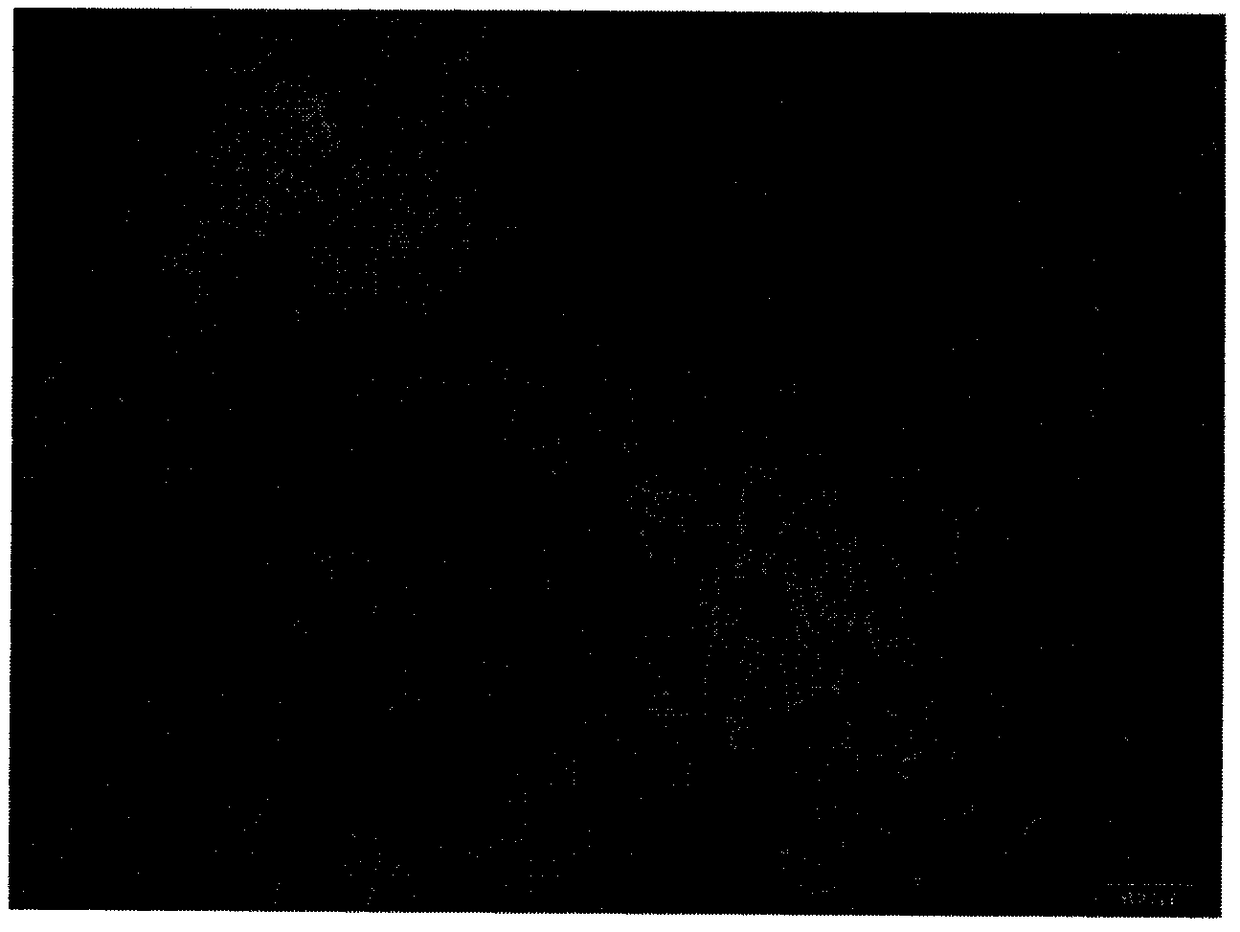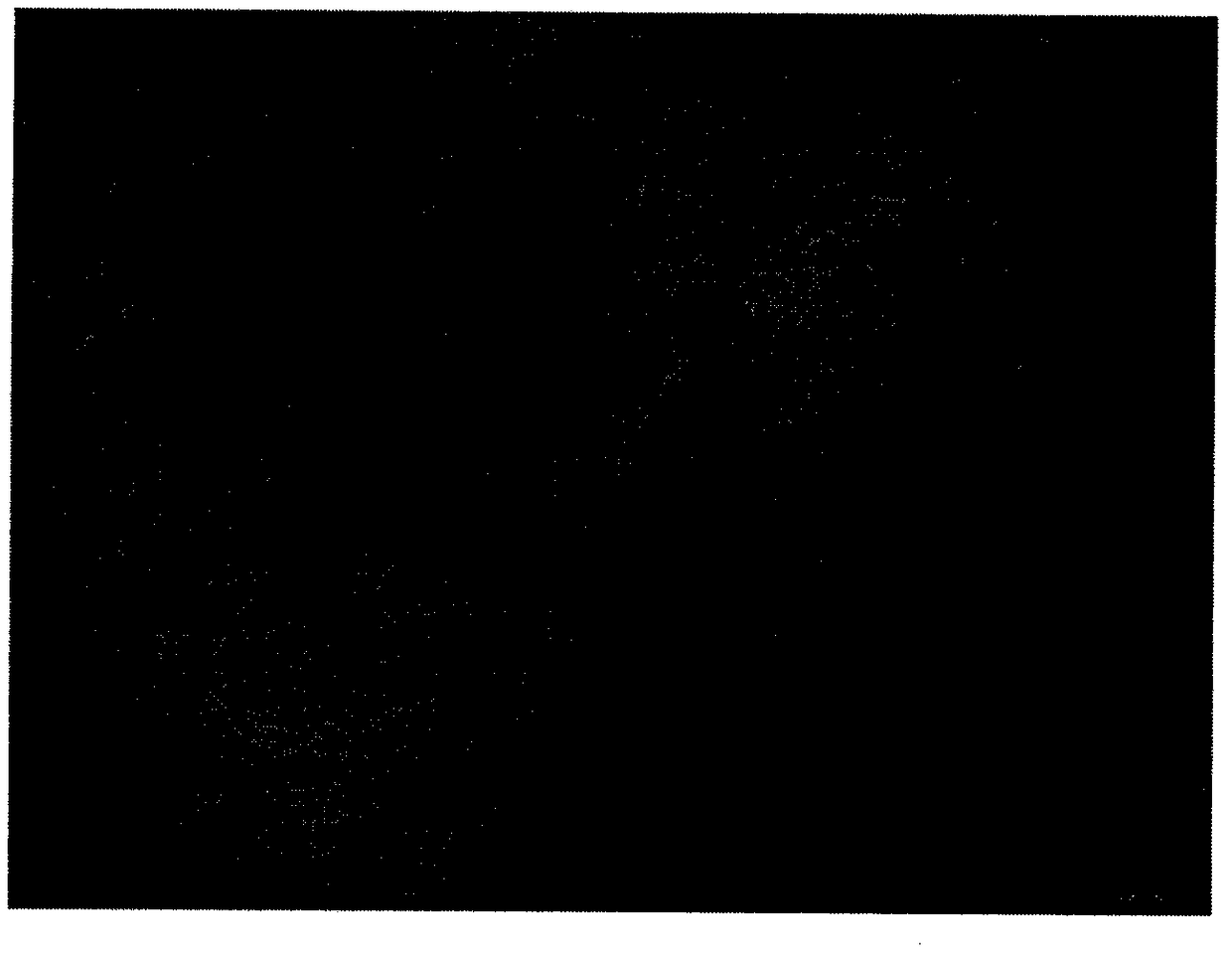Human primary hepatocyte separation and culture method
A technology of primary hepatocytes and a culture method, which is applied in the field of separation and culture of human primary hepatocytes, can solve the problems of inability to meet the needs of human hepatocytes, large volume requirements of liver tissue blocks, and inapplicability, and achieves the goal of achieving cell growth. The effect of good growth condition, low cost and easier preservation
- Summary
- Abstract
- Description
- Claims
- Application Information
AI Technical Summary
Problems solved by technology
Method used
Image
Examples
Embodiment Construction
[0020] The terms used in the present invention, unless otherwise specified, generally have the meanings commonly understood by those skilled in the art.
[0021] The present invention will be described in detail below in conjunction with the accompanying drawings and examples, and the protection content of the present invention is not limited to the following examples.
[0022] In the following examples, various procedures and methods not described in detail are conventional methods well known in the art.
[0023] The experimental instruments and reagents used in this experiment are as follows:
[0024] A set of surgical instruments, CCK-8 cell counting box (Sigma, USA), inverted microscope (XDS-1A, Shanghai), fluorescence microscope (Leica, USA), cryogenic centrifuge (TD24B-WS, Shanghai), ultra-low temperature refrigerator ( Zhongke Meiling), pipette gun (Eppendorf, USA), electronic analytical balance (Sartorius, USA), ultra-clean bench (HJ-CJ-1D, Shanghai), CO2 cell incubat...
PUM
 Login to View More
Login to View More Abstract
Description
Claims
Application Information
 Login to View More
Login to View More - R&D Engineer
- R&D Manager
- IP Professional
- Industry Leading Data Capabilities
- Powerful AI technology
- Patent DNA Extraction
Browse by: Latest US Patents, China's latest patents, Technical Efficacy Thesaurus, Application Domain, Technology Topic, Popular Technical Reports.
© 2024 PatSnap. All rights reserved.Legal|Privacy policy|Modern Slavery Act Transparency Statement|Sitemap|About US| Contact US: help@patsnap.com









